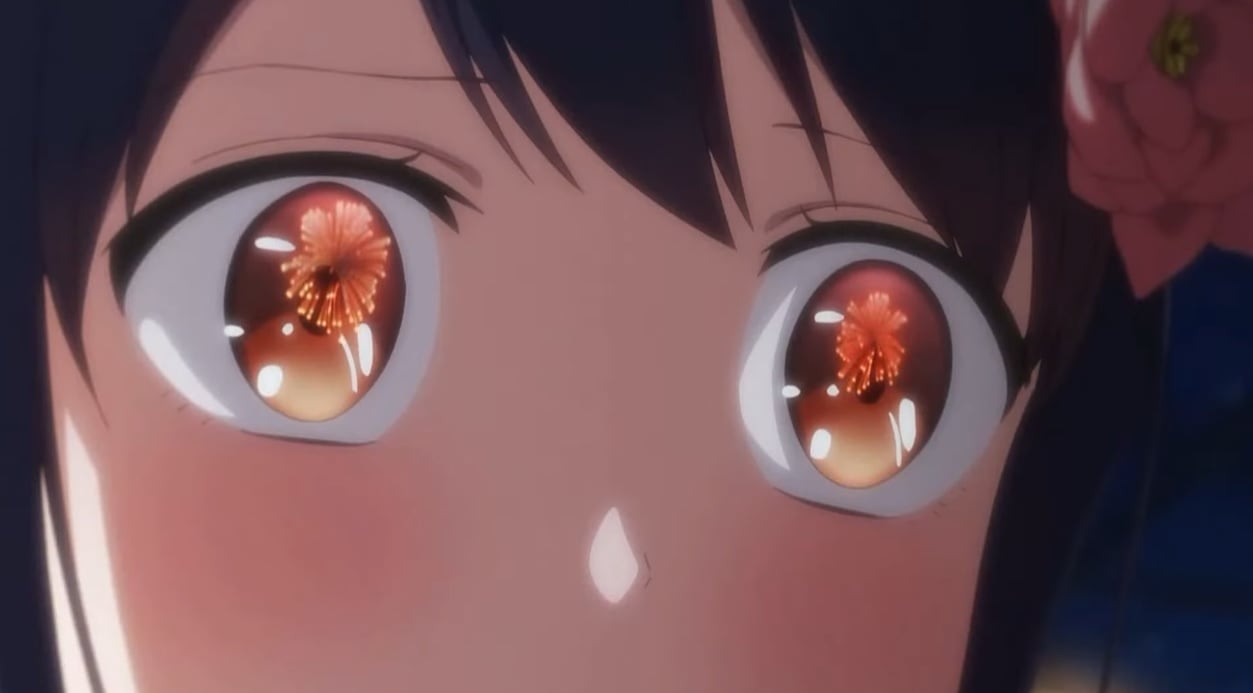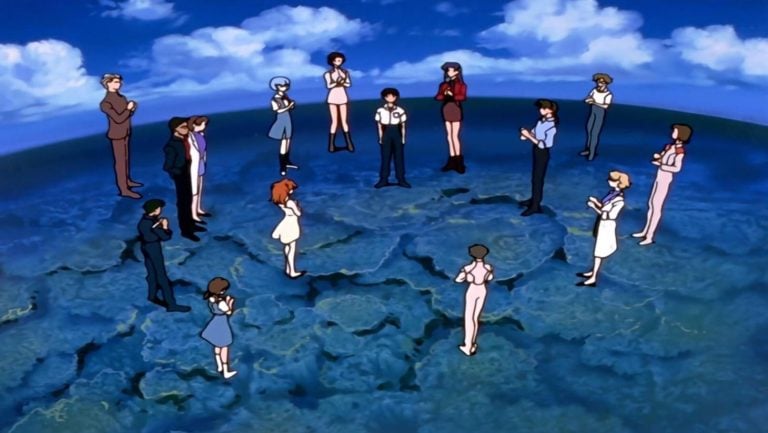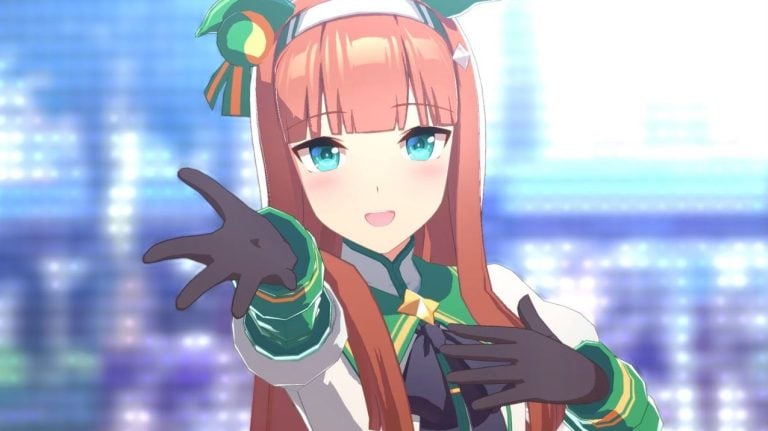Chiba Prefectural Police in Japan have decided to refer a 27-year-old man to the prosecution as of November 20. He is suspected of violating copyright law by using an AI-generated image without the original “creator’s” permission. According to Japanese media, this is the first nationwide case in which an AI-generated image was deemed to qualify as a copyrighted work, and thus its use a potential violation of The Copyright Act.
As reported by Yomiuri Shimbun, the original creator of the image generated it using Stable Diffusion in late August 2024. The suspect appropriated this image and allegedly used it as a cover for a commercially sold book without the creator’s consent.
In a document titled “General Understanding on AI and Copyright in Japan,” Japan’s Agency for Cultural Affairs states that whether AI-generated outputs qualify as creative works depends on a holistic assessment of factors such as the quantity and content of prompts given to the AI and how many iterations were produced.
The AI creator, whose copyright was allegedly infringed upon, told police that he gave over 20,000 prompts to Stable Diffusion when creating the image in question, including several detailed instructions and revisions. Based on this testimony, the police decided to refer the case to the prosecution on suspicion of copyright ingfingement. They will attach an opinion calling for “strict punishment,” effectively recommending indictment.
While there is currently no verdict, attorney Kensaku Fukui, an expert on AI and copyright claims quoted by Yomiuri Shimbun, believes that if the prompts used contain sufficiently concrete and detailed specifications, the output can qualify as copyrighted work. While giving vague instructions to a generative AI tends to lead to diverse and unpredictable results, more detailed prompts can produce images that match the user’s intended vision. In such cases, Fukui says, “What’s crucial is whether the human is giving instructions while being able to specifically anticipate the result.”






Kinda crazy when all anime characters all basically look the same
Wild considering even with the constant revisions to the prompts it’s still just scarping the entire database of stolen copyrighted work to amalgamate and crop it and blend it into the new version of the output hmmmmm
It does not matter how detailed the prompt was. The AI is still drawing from the same bank of sources, which almost always contains many, MANY copywrited works by other people. Adding more details to the prompt is more likely to make the AI draw from MORE of the copywrited works in its bank.
How is this any different than human artists? The only exception would be blind painters, or deaf musicians.
Creations are not created in a vacuum, they are influenced by the world around them.
Artists listen to other artists and are clearly influenced. Would we then claim they stole?
Laying a foundation that only 100% original content is copyright free for AI will lead to that same definition for humans.
Then prove you cen recreate it exactly. Give the generator those 20k word specifications and see what it plops out.
Yet another Japan Legal L
I am only agreeing to be against the use of AI imagery to be used illegally for financial gain. This is clearly copyright infringement… AI should only be used at a fan level and not a commercial one. They should bang the guy to rights for this one and allow the fans to enjoy recreating their favourite characters in their own way. Another win in Japanese Law.
Sounds like skill issue lil bro
Still leagues above AI slop, lol
To the rest of the commenters, for the last time, there is NO database, or “bank” of images that image generation models are accessing during generation!
Once the model is trained, it doesn’t get any further references, unless you provide them yourself via a ControlNet, or go out of your way, doing additional training, for which you also have to provide images, resulting in a LoRa or a new checkpoint.
If your model produces existing images, it means that either the training was done improperly, and you got an overfitted model (this is considered bad in Machine Learning research), or you went out of your way to describe an existing image. Usually it’s the former. Sometimes both. Rarely just the latter.
To finish, the models never even do actual copying. They are glorified denoising filters with a provided hint of “what’s in the picture” (prompt).
Which is exactly how humans worked for decades. But if AI is doing it, somehow is worse.
Palworld Vs Nintendo is my favourite example. Palworld copied a lot from Pokémon (and sometimes is a complete rip off). Nintendo sued. Most of the people took Palworld side.
If Palworld was EXACTLY THE SAME game that is now but AI generated, most of the people would have taken Nintendo side. Same situation, different outcome. In fact the part of Pokémon fanbase that is defending Nintendo is smart and now is constantly saying that Palworld used AI knowing that would change the perception.
What was the prompt???
So if I draw something using a copyrighted work as a reference, I can’t copyright it myself? Ie batman, but I modify it a bit, change color of costume and change the bat ears to buttcheeks and call him buttman, I cannot copyright it?
If this is the argument then music prompt should also be in this copyright justification. We can also look into other associated issues as pertaining to creative works derives from AI…..
If I went to school and read your/ someone else’s book, and I wrote a script based upon what I learned is this copyright? Well were did the original writer got his/her knowledge from…. then we have a case for more issues including deception…. which is unlawful inherently.
AI and anyone that thinks its a good thing are retarded
this is fuckin stupid
I agree with this. People like to cite “stolen” material as if our brains don’t use ideas we’ve already seen and build upon them.
Dumb. Now people will be unnecessarily over-prompting just because.
Ai can definitely create original work by itself , ut is not simply copy-pasting large chunks of other works unles you use very old models like stable-diffusion 1.5 or use the specific name of a copyrighted character
If you use the latest models like nano-banana 2 , you can give it a long coherent story , define characters and setting , then actualy go trough the events and then pick a specific moment in time , that will be the “prompt”
Everyone wants to avoid the fact that models are evolving very fast and can now understand very large , complicated and specific contexts the lenght of an entire book where has old models like stable diffusion only took in individual words separately with no context at all
So i would even disagree with the court decision in the article and say you do not need to make 20 000 iterations , just 1 is enough as long as you created the context or story you feed in and it has a enough complexity to it , also using a specific copyrighted name should count as intent to break copyright
they know it will screw thier economy if thats the case
all it will take is someong doing a prompt like
“create a new series like dragon ball but base the charicters on the 12 animals of the chinese zodiac and make the villian an evil cat” named Ten Ni
ndo
I was messing around generated a picture with ai about a month ago, it ended up not showing saying it’s copyrighted. It was nowhere near a thing I was thinking. Even if it’s similar then is it.
Did my previous comment really get removed for being pro a.i? No problem ill keep reposting
A.i can absolutely be considered art
Its not true that a.i image are simply made from lage chunks of other artists work copy pasted , that simply isnt waht an a.i does unless you use the very fist models like stable diffusion that were barely functional and and gave very rough results and gave people the impression that nothing much was going on under the hood
Stable-diffusion also ad no understanding of context which meant that each word in a prompt was treated separately like a list of keyword
Now we have models like nano-banana2 that released this week which you can have a full conversation with and can take a full story of multiple page as a”prompt” and will keep evry nuance of the context and will even follow small details and insinuation in the story, you can ask it to make an image from any point during that story and can get exactly that scene with the characters that have been discussed at length
This is more then enough to consider somethimg as an original work and at that point is no more unethical then using a camera for your that uses your imagination
Here they are talking about an image made using stable-diffusion 1.5 or 2.0 which is very outdated so their only metric is that “he tweaked the prompt 20000 times” which meaningless
Ill argue that you only need 1 single “prompt” as long as its specific enough , something 2 lines long can only carry so much meaning but a full page of text is enough to describe a full story , setting and characters in a given situation , specially since current models could take an entire book without losing any nuance from any of its pages
The only thing that should disqualify is if the promt include a specifuc character or artist by name with the specific intent to copy them
If anyone doubts this ill invite them to try nano-banana 2 pro on the gemini platform or sora 2 and try to give them long detailed stories as prompts , its clear that the results are not merely bits and pieces of other works but are is fact entirely consistent and completely logical and dare i say “original work” made by your story and the a.i
Just like artist too. Their work consist of copyrighted works in their head bank that they learnt from, adapt and TRAIN themselves over years of copyrighted works and used from but will never ever ever ever ever ever ever ever ever ever (I’m not done) ever ever ever ever ever ever ever everrrrrrrrrrrrrrrrr agree that they’re the same case compare to AI.